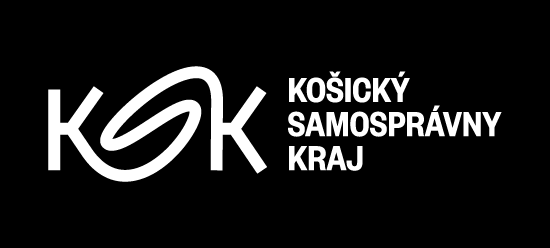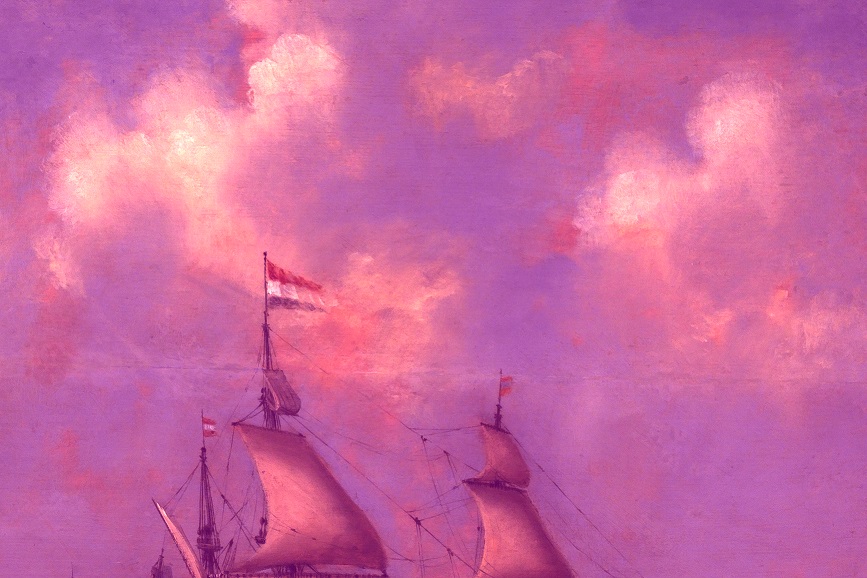opening: June 16, 2016, 5:00 p.m.
duration: June 17, 2016 –30. October 2016
curator: Adam Hnojil
East Slovak Gallery, Hlavná 27
The exhibited paintings fully represent the individual genres of Dutch painting. Portraits, religious and mythological paintings, landscape paintings, still lifes, genre scenes from the countryside, war scenes and port paintings are exhibited in interesting demonstrations, which reflect the period possibilities of the owners and their collecting ambitions.
The oldest works date from around 1550 and the youngest from the middle of the 18th century, when the glory of the Baroque peaked. While religious and mythological paintings are represented mainly in copies based on compositions by famous mannerists (Bartolomeus Spranger, Johann Stradanus, Christoph Schwarz, Joachim Wtewael), the viewer finds key works mainly between landscape painting and genre. Worth noting are the Mountain Landscape with leatherworkers by Nicolaes Berchem, the Mill on the banks of the Jan van Goyen River and the Mountain Landscape with the Jacob van Ruisdael Waterfall, which belongs to the authors who set the style in their time and have become synonymous with Dutch landscape painting. They also all represent different ways of expressing the Italian, realistic and naturalistic landscape in an artistic way.
In a great and representative ensemble, the Ships moored at the fortress will attract Jan Rietschoof, a pupil of the last great painter of this genre - Ludolf Backhuysen. Between painting rural and war scenes, it is necessary to draw attention to the work of Philips Wouwermann, who was once praised for his ability to express himself in a small format with unique ease. In the 17th century, he was the most sought-after Dutch painter in all of Europe. No less interesting is the set of still lifes, which is dominated by the Hunting Still Life of Joannes Fyt, the most important student of the famous Frans Snyders and The Old Man with a Basket of Eggs by Cornelius van Delff. He was one of the earliest still life painters in the Netherlands. Although the portrait is represented only by examples, the paintings of the couples of the unknown couple Cornelis van der Voort are a characteristic example of the Amsterdam portrait school.
The historical collection of Dutch and Flemish art of the Aleš South Bohemian Gallery has its origins in three different collecting activities. It consists of the gallery's own purchases, loans from the Prague National Gallery and the collection of Vlastimil Zátka. The most interesting paintings come from the collection of an important South Bohemian patriot, the lawyer Vlastimil Zátka, whose acquisition represents a traditional way of contemporary collecting. The collector began building the collection in 1918, when he focused on the old masters. In this direction, he followed his older predecessors, collectors Novák and Jahn, who managed to create remarkable and legendary collections in the Czech environment. A new quality for Zátka was mainly the cooperation with the important merchant Július Singer, with whom he started cooperating in 1927. Until then, sudden purchases were justified, which culminated in Zátkový's opening of the collection to the public in 1937. Following the example of his predecessors, he also published a collection guide. which is still an interesting source of information about the nature of contemporary expertise and preference.



